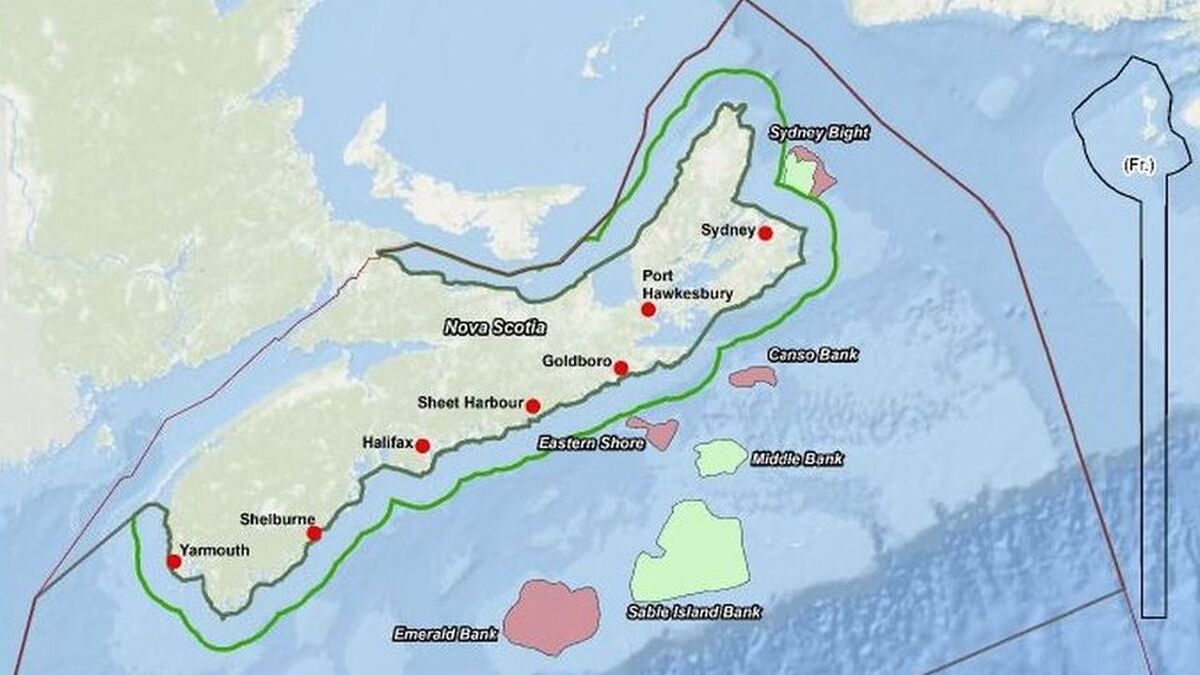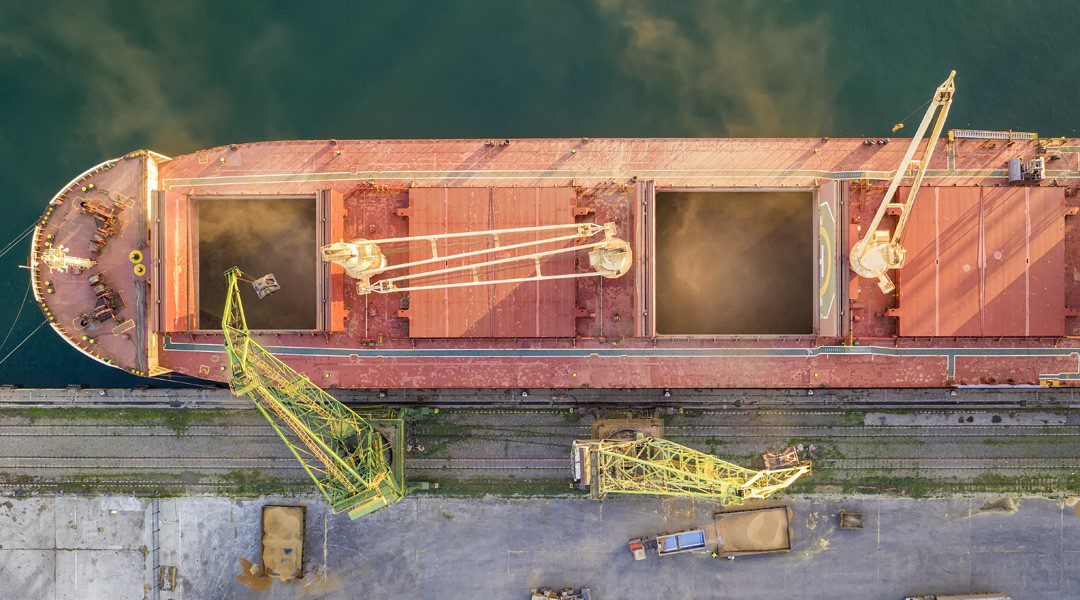 Six areas for potential offshore wind development in Nova Scotia have been identified (source: Interim Report)
Six areas for potential offshore wind development in Nova Scotia have been identified (source: Interim Report)
An interim report for the regional assessment of offshore wind development in Nova Scotia has identified six areas for future windfarms
The areas identified in the interim report are: Sydney Bight, Canso Bank, Middle Bank, Sable Island Bank, Emerald Bank and Eastern Shore. No offshore wind development is being recommended within 25 km of the coast. The report notes wind speeds offshore Nova Scotia are among the best in the world, between 9 m/sec and 11 m/sec, and have attracted attention from many prospective developers.
The report is being developed following an April 2022 announcement by the Minister of Environment and Climate Change that regional assessments of offshore wind development in Newfoundland and Labrador and Nova Scotia would be undertaken. A committee for the regional assessment in Nova Scotia was established in March 2023 to carry out the assessment. The interim report contains its preliminary findings.
The committee says that, based on information gathered, it adopted a number of general assumptions to guide its work. These include the fact that economics will dictate that developments in the study areas be 1 GW or larger, but that an initial smaller scale windfarm of 600-800 MW might be advanced as a project targeted to Nova Scotia consumers via the existing electrical grid and to initiate the gradual development of domestic supply chains.
Development is expected to consist of fixed or floating turbines, the committee having identified waters up to 70 m as feasible for fixed turbines, given the expected Nova Scotia development timeframe, while recognising that developers may also choose to advance floating technology solutions in water depths of less than 70 m. Beyond 70 m, the deployment of floating wind turbine technology is assumed. The limited capacity of the Nova Scotia grid means that development of large-scale offshore renewable energy will depend on development of alternate markets for the energy, such as electricity export /or conversion of electricity to hydrogen and other green forms of green energy.
Apart from identifying six potential areas for offshore windfarms, the committee also made several recommendations. These include creating a Nova Scotia Offshore Wind Collaborative Research Initiative to identify research programmes related to the potential development of Nova Scotia’s offshore wind industry; prioritise research and identify pathways to funding; establish research timelines; and use the results to inform approval processes.
The Committee also found against exempting proposed projects from the impact assessment process until the effects of offshore wind development on marine ecosystems and the fishing industry are better understood, and recommends a governance strategy and framework for compensation and fisheries coexistence.
The next steps for the Regional Assessment involve a second engagement programme in spring 2024, including community open house events and meetings to discuss specific subjects such as the six potential development areas; potential effects of offshore wind development activities – positive and adverse, including cumulative effects; and mitigation measures to avoid or reduce potential adverse effects and create and maximise potential positive effects.
Information gathered during the second phase will be considered in the Draft Final Report on the Regional Assessment of Offshore Wind Development in Nova Scotia. The draft report will be published in September 2024 for a 60-day public comment period. The Committee will review all comments received, complete revisions to the draft report, and produce a Final Report on the Regional Assessment of Offshore Wind Development in Nova Scotia. The final report will be submitted to Canada’s Minister of Environment and Climate Change, Minister of Energy and Natural Resources, and Nova Scotia’s Minister of Natural Resources and Renewables in January 2025.
Sign up for Riviera’s series of technical and operational webinars and conferences:





